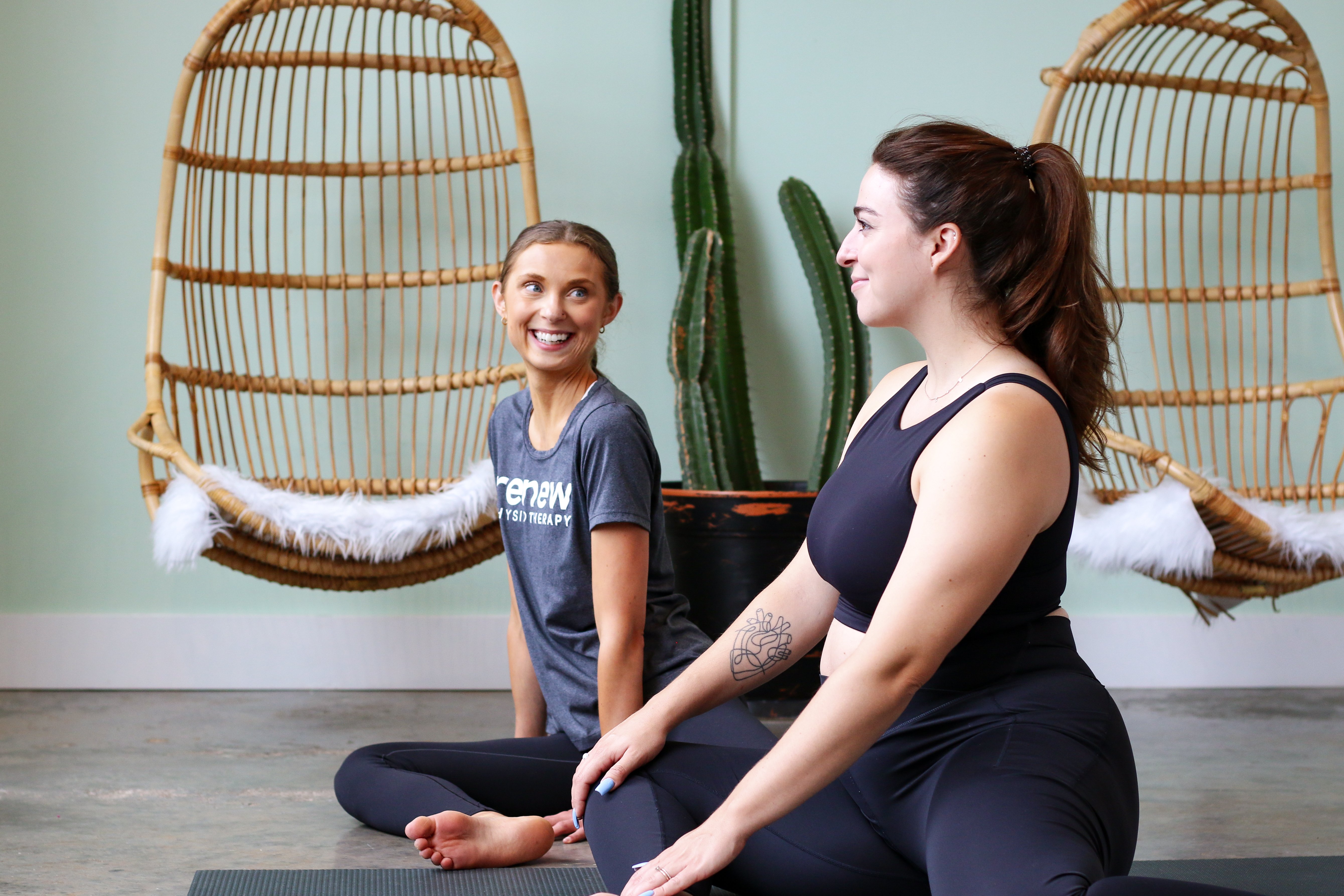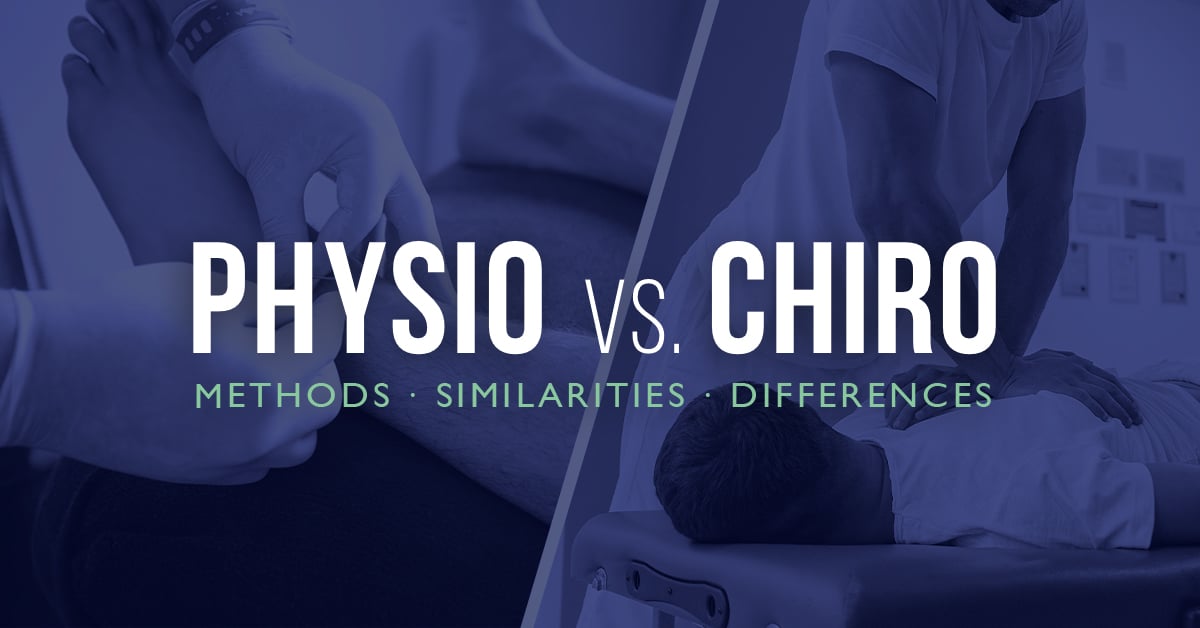Wanna know the secret to a healthier, happier pregnancy? It’s time to roll out the yoga mat and get real about the incredible benefits of prenatal and postnatal yoga—with a twist. This week, we teamed up with expert yoga instructors from Midtown Yoga to bring you a class that’s anything but ordinary. It’s a beautiful blend of PT precision and yogic fluidity, tailored to arm you against the common strains of pregnancy and prep you for the challenges of motherhood. Ready to tackle your journey with confidence? Then let’s dive in!
What is Prenatal Yoga?
Prenatal yoga isn't just your average stretch session—it’s a form of yoga curated to strengthen your body, soothe your soul, and prep you for the marathon of childbirth. Through a series of safe, pregnancy-friendly poses and breathing techniques, prenatal yoga helps you maintain fitness while boosting your circulation and supporting optimal fetal positioning. It creates a stronger connection between you and your baby, empowering you to own your pregnancy journey with grace.
Benefits of Prenatal Yoga
Prenatal yoga is a game-changing, low-impact fitness practice for expectant moms. Here’s some benefits we’ve noticed on the PT side of it:
- Builds Full-Body Strength: This might be stating the obvious, but carrying a growing baby isn't easy! Prenatal yoga helps strengthen your arms, legs, back, and core, ensuring you’re equipped to handle the extra weight and the physical demands of motherhood.
"During pregnancy, the abdominal muscles must stretch to accommodate the growing fetus, the stretching of the fascia connecting the transversus abdominus contributes to a condition known as diastasis rectus. Because yoga places a large emphasis on core strength, practicing yoga both before and after pregnancy can reduce the severity of diastasis rectus.” - Kelly Barry, DPT - Boosts Pelvic Floor Muscle Strength: Prenatal yoga includes targeted poses that improve the mobility and strength of your pelvic floor muscles. This means better support for your baby during pregnancy and a lower risk of issues like incontinence post-delivery. It's essentially prepping your body's foundation for the big event and the recovery that follows.
- Enhances Blood Flow: Those yoga poses aren't just for flexibility; they also boost blood circulation, especially around your pelvic area. Enhanced blood flow means more oxygen and nutrients for your pelvic muscles, helping them perform efficiently during childbirth.
- Reduces Pregnancy Discomforts: Wave goodbye to those annoying pregnancy pains. Regular stretches and poses can alleviate common discomforts like back pain and leg cramps, making your pregnancy journey a lot smoother and more comfortable.
- Improves Mental Well-being: Beyond the physical perks, prenatal yoga is a excellent at busting stress and boosting your mood. Through calming breathing exercises and meditative practices, it helps you manage anxiety, giving you a sense of peace and control as you prepare for the arrival of your little one.
Key Prenatal Yoga Poses
Pregnancy and motherhood bring significant changes to a woman's body, affecting posture, balance, and overall physical well-being. These specific yoga poses focus on strengthening, stretching, and stabilizing the affected areas before and after giving birth:
- Cat-Cow Stretch (Marjaryasana-Bitilasana)
- Benefits: This gentle flow between two poses helps increase spine flexibility and can relieve tension in the lower back and torso. It also promotes mobility in the pelvic region, easing the tightness and strengthening the core, which is crucial for adjusting to shifts in the center of gravity during pregnancy.
- How to Do It: Start on your hands and knees, aligning your wrists under your shoulders and your knees under your hips. Alternate between arching your back gently upwards (like a cat) and dipping it towards the floor (like a cow), synchronizing the movements with your breath.
- Benefits: This gentle flow between two poses helps increase spine flexibility and can relieve tension in the lower back and torso. It also promotes mobility in the pelvic region, easing the tightness and strengthening the core, which is crucial for adjusting to shifts in the center of gravity during pregnancy.
- Pigeon Pose (Eka Pada Rajakapotasana)
- Benefits: Excellent for opening up the hip flexors and glutes, areas that often tighten or weaken due to postural changes during pregnancy. It helps alleviate the stress on the lower back and improves the alignment of the pelvis.
- How to Do It: Begin in a tabletop position, then bring one knee forward, placing it behind your wrist while extending the opposite leg straight back. Square your hips towards the front and stay upright, or fold forward for a deeper stretch, depending on your comfort level.
- Benefits: Excellent for opening up the hip flexors and glutes, areas that often tighten or weaken due to postural changes during pregnancy. It helps alleviate the stress on the lower back and improves the alignment of the pelvis.
- Warrior II (Virabhadrasana II)
- Benefits: Strengthens the legs, opens the hips, and improves balance—critical as the pregnancy progresses and the body's center of gravity changes. It also builds endurance in the legs and glutes, supporting the pelvic floor.
- How to Do It: Stand with your feet wide apart, turn one foot out 90 degrees, and the other in slightly. Bend the front knee to align it over the ankle, extend your arms to the sides at shoulder height, and gaze over your front hand.
- Benefits: Strengthens the legs, opens the hips, and improves balance—critical as the pregnancy progresses and the body's center of gravity changes. It also builds endurance in the legs and glutes, supporting the pelvic floor.
- Bridge Pose (Setu Bandha Sarvangasana)
- Benefits: This pose strengthens the pelvic floor, hips, and lower back, which are essential for pelvic stability and can help manage or prevent issues like urinary incontinence and pelvic pain.
- How to Do It: Lie on your back with your knees bent and feet flat on the floor, hip-width apart. Press your feet and arms into the floor as you lift your hips toward the ceiling. Hold the pose, engaging your core and glutes.
- Benefits: This pose strengthens the pelvic floor, hips, and lower back, which are essential for pelvic stability and can help manage or prevent issues like urinary incontinence and pelvic pain.
- Child’s Pose (Balasana)
- Benefits: A restorative pose that helps relieve back pain and neck tension. It's a great pose for postpartum women to help realign the spine and relax the body after frequent bending and lifting.
- How to Do It: Kneel with your toes together and knees hip-width apart. Lower your hips to your heels and extend your arms forward on the floor. Rest your forehead on the mat and let your entire body release.
- Benefits: A restorative pose that helps relieve back pain and neck tension. It's a great pose for postpartum women to help realign the spine and relax the body after frequent bending and lifting.
Safety Tips for Pre/Postnatal Yoga
Practicing yoga during pregnancy is a fantastic way to maintain health and well-being, but it's important to approach it with safety in mind. Here are some essential safety tips to ensure a secure and beneficial prenatal yoga experience:
- Follow General Exercise Guidelines - The American College of Obstetrics and Gynecology recommends at least 20 minutes of moderate exercise most days of the week. Always listen to your body and modify your yoga practice based on how you feel during the activities.
- Be Mindful of Your Body’s Signals - Pay close attention to how your body responds during yoga. If you experience dizziness, wooziness, or a general feeling of unwellness, these could be signs to decrease the intensity of your practice. Adjusting your positions or taking frequent breaks may also help alleviate these symptoms.
- Medical Clearance - Always get a go-ahead from your OBGYN before resuming or starting any postpartum exercise. This is crucial, especially if there were complications during delivery or if you had a cesarean section.
- Start with Pelvic Floor Exercises - You can typically begin pelvic floor exercises soon after delivery, which help in recovery and prevent issues like urinary incontinence. These exercises are gentle and focus on strengthening crucial muscles affected by pregnancy and birth.
- Gradually Increase Activity Intensity - Your body needs time to heal after childbirth. Start with light activities and gradually increase the intensity. Pay attention to your body’s feedback and adjust accordingly. If you experience any symptoms like pelvic heaviness or pain, consult a physical therapist or yoga instructor who can guide appropriate modifications.
- Utilize Professional Support - Don’t hesitate to seek help from health professionals such as mental health advisors or lactation consultants if you’re facing challenges. Their guidance can be invaluable in safely returning to your desired level of physical activity.
As we wrap up this guide on prenatal and postnatal yoga, remember that these practices are more than just about being fit. They’re about preparing, empowering, and restoring your body through every phase of motherhood. At Renew Physiotherapy, we're not just about stretching; we're about strengthening your journey from bump to baby and beyond. So, whether you're trying to ease those pregnancy pains or get your groove back after welcoming your little one, remember, we’re here to support every step along the way. Schedule a free screening to work 1:1 with a licensed physiotherapist through your prenatal and postnatal journey.









.jpg)

.png)